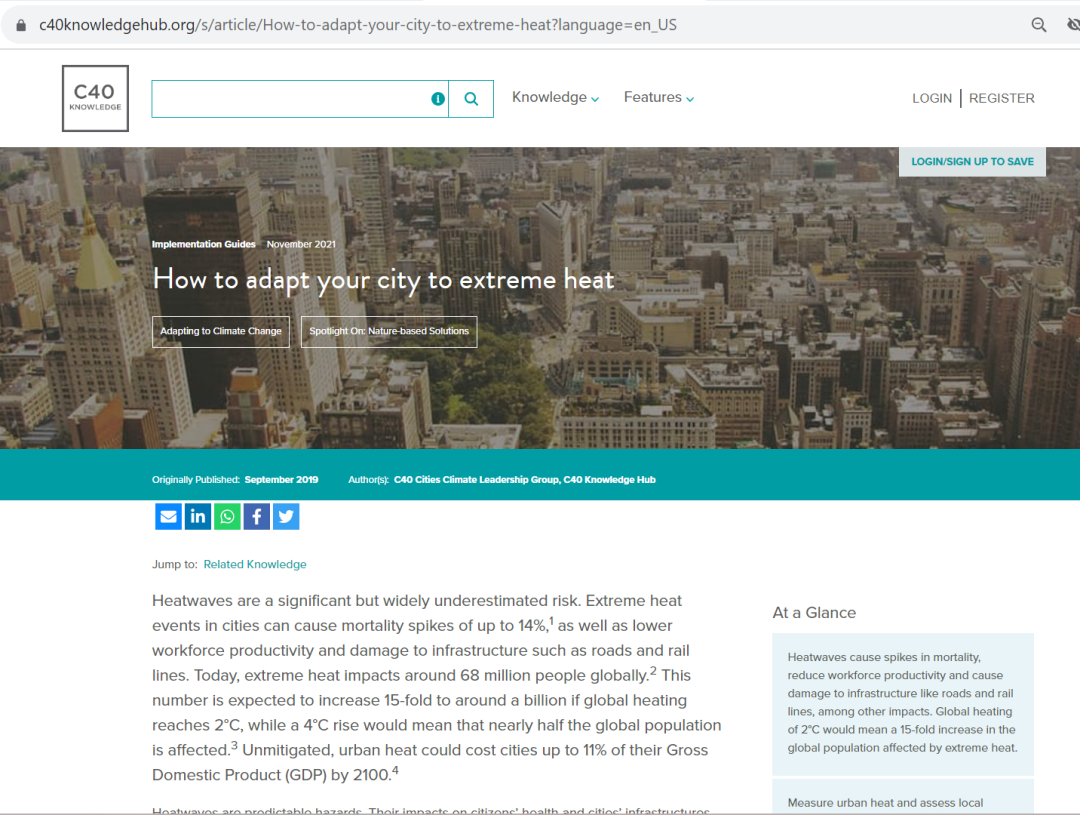Disclaimer:
Please be aware that the content herein is comprised of personal reflections, observations, and insights from our contributors. It is not necessarily exhaustive or authoritative, but rather reflects individual perspectives. While we aim for accuracy, we cannot guarantee the completeness or up-to-date nature of the content.
Images
Type of the Solution
Innovative
Description of the solution
To improve the usefulness of the City's data tools, the city should intergrate all the heat-related data it has into one publicly accessible, centralised location that shows mapping of heat vulnerability data, locations of hospitals, tree canopy cover, and locations of green spaces and cooling amenities. This centralised website share information about how people can take action to reduce their heat vulnerability and should link more information about City and State Cooling programs, such as the public cooling centrers and the LIHEAP Cooling assistance program. This centralised website should also be a user-friendly tool that provides neighborhood specific and street-level information.
Who lead the solution
Local Government
Other Notes
US EPA - To inform improvements in heat risk communications and other public health measures, NYC’s Office of Emergency Management conducted quantitative and qualitative studies about heat-health awareness and behaviors. First, a telephone survey of a probability sample of NYC adults was administered to examine AC access, heat-illness prevention behaviors, and awareness of heat-health warnings. Next, NYC’s Office of Emergency Management convened focus groups to elicit qualitative information about heat-health knowledge and behaviors among seniors, who are among the most vulnerable to heat illness and death, and potential senior caregivers.
https://www.ncbi.nlm.nih.gov/pmc/articles/PMC4074319/
Links to the solution
 Consent to share form or official link.
Consent to share form or official link.

 3Good health and well-being
3Good health and well-being 9Industry, innovation and infrastructure
9Industry, innovation and infrastructure 11Sustainable cities and communities
11Sustainable cities and communities
Comments
Log in to add a comment or reply.